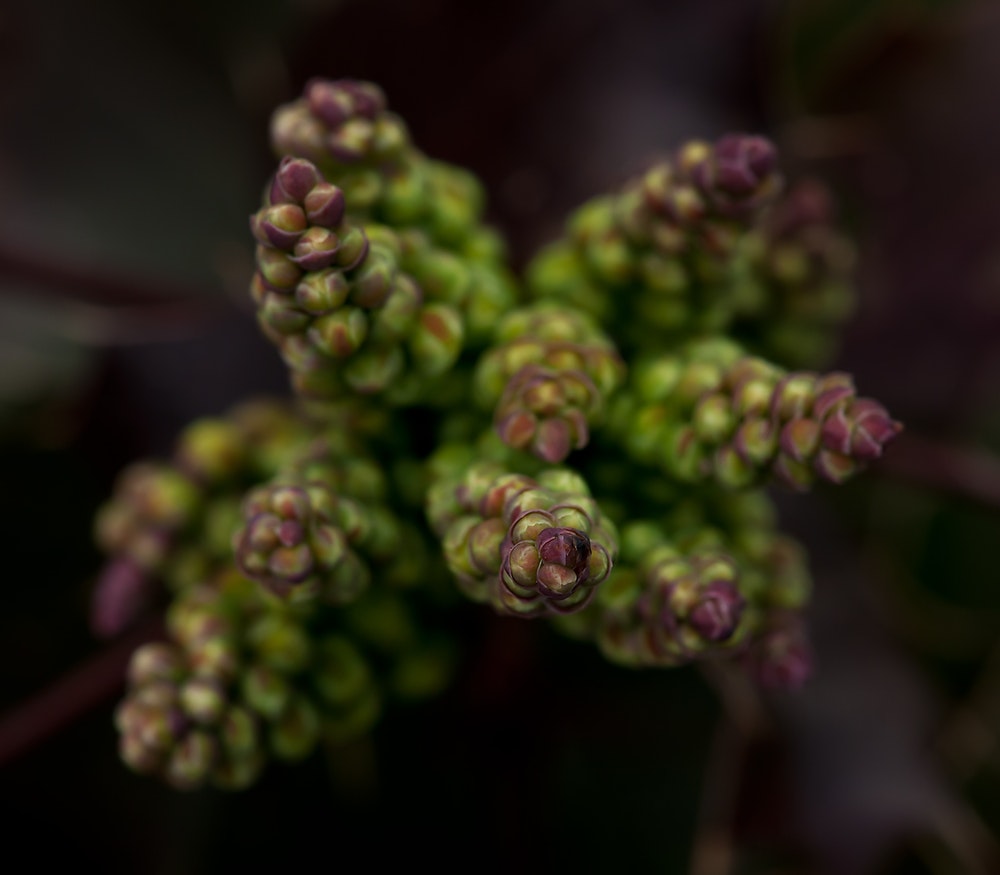Ever tried quinoa? Okay, let’s start with that tricky pronunciation for those who haven’t. It’s pronounced: KEEN-wah, with the stress on the first syllable, (or sometimes kee-NO-ah, with the stress on the second), and it’s a seed — although commonly referred to as a grain. A flowering plant found in the amaranth family, Chenopodium quinoa, most commonly called quinoa, is described by Wikipedia as an “herbaceous annual plant grown as a grain crop primarily for its edible seeds.” Found in countless dishes throughout the world, quinoa was first associated with the Incas over five thousand years ago who called it the “mother of all grains.”
This ancient grain, also referred to as the “gold of the Incas” and eaten for centuries in South America, has more recently spread widely in popularity throughout the west, especially beloved in vegan circles, due to its versatility as well as an impressive number of health benefits.High in antioxidants compared to most other grains, quinoa is prepared easily similar to rice in as little as 15 minutes on the stove. Making a delightful addition to any gluten-free meal, quinoa brings with it plenty of protein, vitamin E, magnesium, fiber, zinc, iron, copper, folate, manganese, potassium, calcium, B vitamins as well as all essential amino acids.
Most common versions of this “superfood” found in most U.S. grocery and/or natural health food stores include three main types: the red, white, and black varieties. Low calorie and tasty at only 222 calories per cup, and with a low glycemic index beneficial for blood sugar control, quinoa is also easy to grow and has been praised by the United Nations for its capacity toward solving worldwide hunger issues. 2013 was named the “International Year of Quinoa” by the United Nations due to its nutritious components and possibility for environmentally sustainable agriculture. Two studies have also shown quinoa to be helpful in improving metabolic health, including the lowering of blood sugar and triglycerides. One was done on humans, and the other on rats, and both can be found here.
If you’re ready to try quinoa but aren’t sure exactly how to start, try out a few of these easy recipes:
Picnic Perfect Kale & Quinoa Salad
A delicious side dish for any picnic or summer occasion, this salad is exploding with nutrition and flavor with only five ingredients and a splash of cider vinaigrette dressing.
Beet, Black Bean & Quinoa Veggie Burgers
Homemade veggie burgers, step aside. This tasty recipe calls for fresh beets, chia, and plenty of spices — and it serves up to six people when finished.
Black Bean Quinoa Buddha Bowls
Made in fifteen minutes with a savory dressing recipe included, this take on the traditional buddha bowl incorporates oodles of texture and optimal flavor.
In addition, the Minimalist Baker uses quinoa in her similar recipe for Roasted Veggie Quinoa Harvest Bowls and Mexican Quinoa Salad, as well as vegan taco meat and Thai meatballs.
Meanwhile, Vegan Richa taunts our tastebuds with her Mediterranean Quinoa Salad, made with avocado, arugula, and lemon oregano olive oil dressing. Not to be outdone, she also shows us how to make her Lentil Quinoa Meatloaf recipe in a Facebook video, which can also be made into patties for burgers.
For those with a sweet tooth who’d still like to keep things healthy, this mouth-watering treat is extremely easy to make. The recipe features quinoa pops, which are the equivalent of puffed rice done quinoa-style, and can be made in less than ten minutes.
No Bake Coconut Orange Quinoa Cake
Green Evi serves this up with fresh orange slices and shaved coconut on top — make sure you get your prettiest plates out for this homemade treat!
These hearty breakfast, snack or dessert bars come with a tangy lemon glaze and can be cut into nine flavorful bars. Put them in lunches or picnic baskets.
Simple Oil-Free Savory Quinoa Granola
For breakfast, a snack or served over ice cream for an evening dessert, this takes about half an hour to make and keeps for up to three weeks!
Something to keep in mind:
Although problematic in that is contains phytic acid, which can bind to minerals, reducing their absorption in the body, soaking or sprouting it before consuming quinoa can reduce this content and cause the minerals to be more bioavailable. Additionally, those prone to kidney stones may want to limit their intake of quinoa since it contains oxylates which reduce calcium absorption, possibly leading to the stones.

